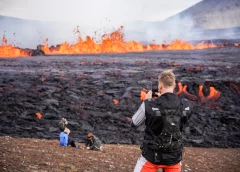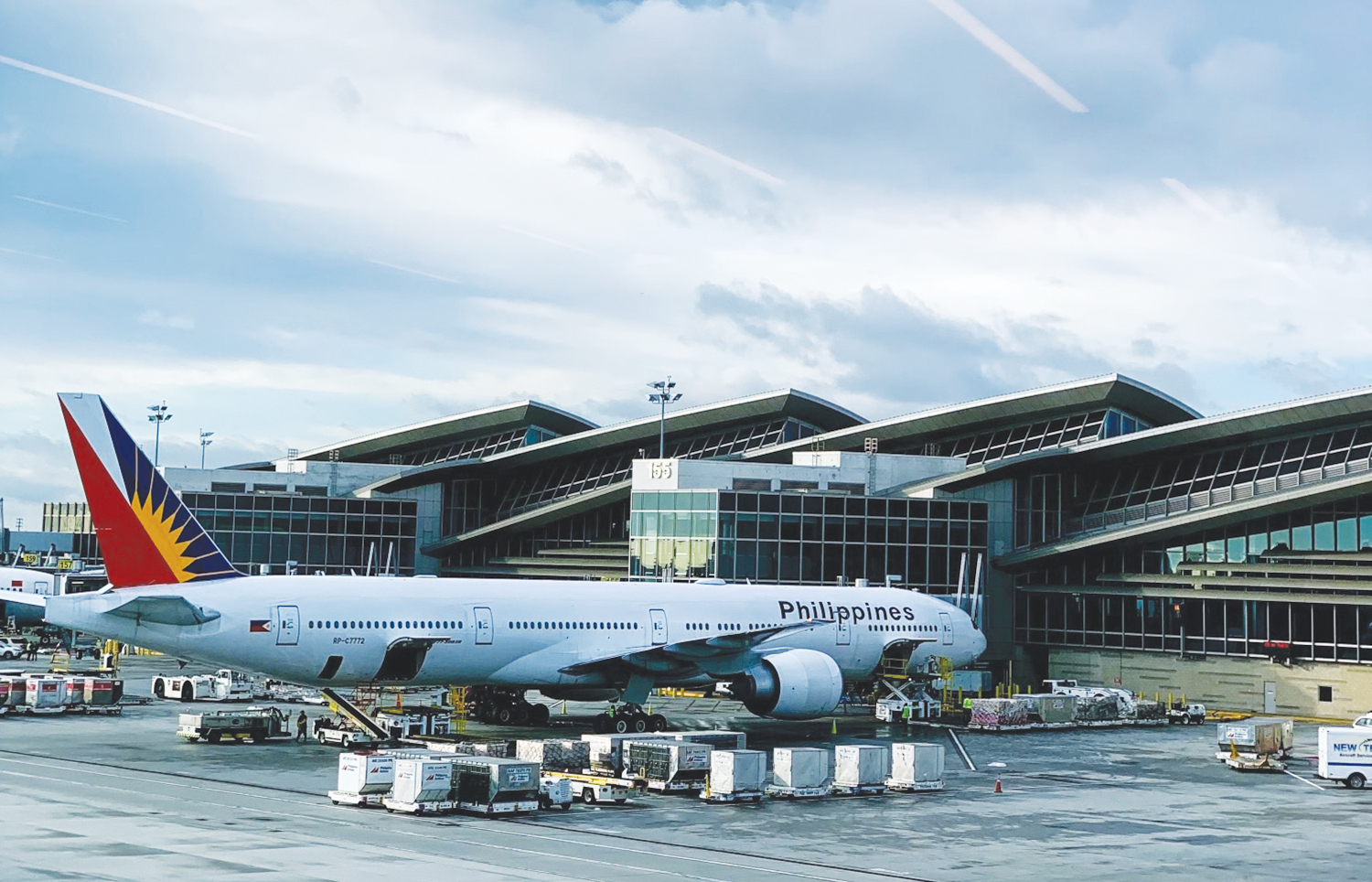
Iceland volcano eruption sparks travel fears, risky photo shoots
[ad_1]
“I just made it to the volcano … my mind is completely blown, it’s crazy,” one onlooker told the Associated Press. “The last thing that I would have imagined this morning when I woke up would be to be standing and looking at this … it is so beautiful.”
Another man who had flocked to see the same volcano erupt last year said it was “absolutely incredible,” describing the lava as a mesmerizing “dancing fire.”
The eruption, classified as a volcanic fissure, is occurring about 10 miles from Keflavik International Airport and about 20 miles from the country’s capital, Reykjavik. As of Thursday morning, the airport — which has flights from Seattle, London and Frankfurt — remained open and operational.
“Currently, there have been no disruptions to flights to and from Iceland and international flight corridors remain open,” the Foreign Ministry said in a statement.
International travelers will recall the 2010 eruption of the country’s Eyjafjallajokull volcano, which spewed huge ash clouds into the atmosphere, grounding air traffic and leaving millions stranded.
“What we know so far is that the eruption does not pose any risk to populated areas or critical infrastructure,” Icelandic Prime Minister Katrin Jakobsdottir said in a statement. “We will of course continue to monitor the situation closely.”
A volcanic fissure does not usually result in large explosions or significant dispersal of ash into the stratosphere. But people were warned to stay away because of the risk from noxious fumes and hot magma.
“The eruption follows intense seismic activity over the past few days,” the Foreign Ministry said. “It is considered to be relatively small and due to its location, there is low threat to populated areas or critical infrastructure”
The exact location of the eruption is in Meradalir, about one mile north of Mt. Stori-Hrutur, according to the Icelandic Meteorological Office.
The area has experienced “strong earthquakes” in recent days, it added, warning of tremors, falling rocks and gas pollution. The same volcano also erupted last year, it said, and lasted about six months.
Volcanoes are a fact of life in Iceland, a country that sits atop the Mid-Atlantic Ridge, caused by the separation of the North American and Eurasian tectonic plates. On average, the country experiences a volcanic event about every four years.
However, the same geological activity is also responsible for some of the country’s most dramatic natural features, such as black sand beaches and geothermal lagoons, which draw millions of foreign tourists.
Volcanic eruption has started in SW Iceland🌋
Risk to populated areas & critical infrastructure is considered very low and there have been no disruptions to flights.
Follow @Vedurstofan for updates and check out this live stream from @mblfrettirhttps://t.co/ChoNxnR2Vp
— MFA Iceland 🇮🇸 (@MFAIceland) August 3, 2022
The current volcanic response is being led by Iceland’s department of Civil Protection and Emergency Management alongside the Meteorological Office and University of Iceland. Scientists are also in the area with Coast Guard helicopters to assess the situation, the government said.
[ad_2]
Source link


